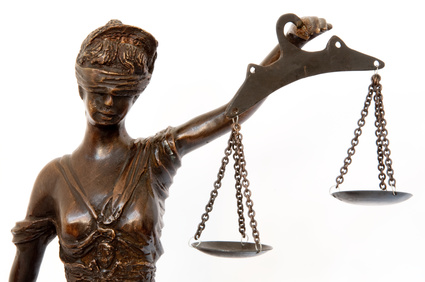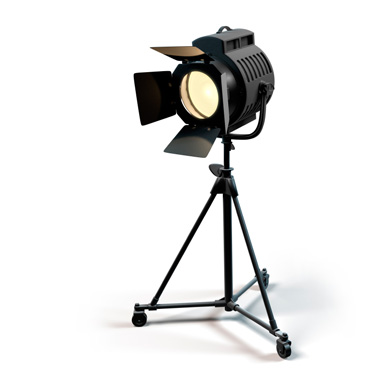
Cult ≠ Art: Birkenstock sandals not protected by copyright

The image of Birkenstock sandals has evolved from ‘eco-friendly flip-flops’ to ‘cult sandals’. But does that make them works of applied art? No, says the German Federal Court of Justice in a much-anticipated ruling on Birkenstock sandals.
The facts of the case
The plaintiff, a member of the Birkenstock group, took action against the sale of imitations of its sandals. The models at issue in this case are the ‘Madrid’ and ‘Arizona’ models. Birkenstock considers the sale of these models to be an infringement of its copyrights.
The Birkenstock sandals in question are copyright-protected works: the design of the sole shape, the non-blind sole cut and the choice of materials offer numerous design possibilities which the creator of the models has filled individually.
The Cologne Regional Court had upheld the copyright protection. However, the Cologne Higher Regional Court dismissed the action and denied copyright protection for the sandal models.
Judgement
The Federal Supreme Court upholds this decision and also denies copyright protection for the sandal designs.
In principle, it states that copyright protection presupposes that there is creative freedom and that this is used in an artistic way. Free and creative work is excluded if technical requirements, rules or other constraints determine the design.
For a work of applied art to be protected by copyright, a certain degree of creativity must be demonstrated. This is in line with the requirements for other types of work. A purely technical creation using formal design elements is therefore not sufficient. A work of art cannot be created merely by exploiting a technical or constructive scope for design or by making a design choice. Rather, a degree of design sophistication must be achieved that allows individuality to be recognised. In the case of everyday objects, the relevant question is whether they are artistically designed beyond their functional form.
The plaintiff claiming copyright protection bears the burden of proving that these conditions are met. This applies in particular to the specific design elements from which copyright protection is to be derived.
The Cologne Higher Regional Court also considered all the design features presented by the plaintiff in this respect and came to the conclusion, in a legally error-free assessment by a judge, that it could not be established that the available scope for design had been artistically exhausted to the necessary extent. It could not be established that the sandals were artistically different from the usual designs of health sandals known at the time.
The Cologne Higher Regional Court also considered the exhibition of sandal models in design museums and exhibitions and the awarding of design prizes. However, it was not able to draw any conclusions from this as to artistic achievement in the sense of the expression of a free creative decision by the creator.
For this reason, among others, a stay of proceedings was not justified in the two cases pending before the ECJ (“USM Haller” and “Mio”): the OLG Cologne had taken into account both the aforementioned circumstances occurring after the design had been created and the subjective view of the creator.
Practical note
In contrast to design protection, copyright protection offers a much longer term of protection. Anyone claiming copyright protection should provide full information about the design process and the artistic choices made in the process. In the case of everyday objects, the extent to which they are artistically designed beyond their functional form must be explained in detail.
For those who wish to avoid the risk of being denied copyright protection, there is the option of design protection. In this case, it is worth considering the grace period for novelty. However, the term of protection is much shorter – 25 years – which is one reason why companies often opt for copyright instead.
The issue will remain exciting in the future: with the two ECJ cases pending, further rulings are expected, giving hope for more precise sailing instructions.


